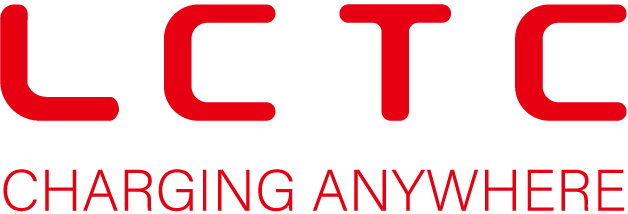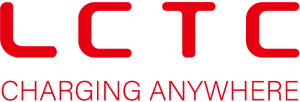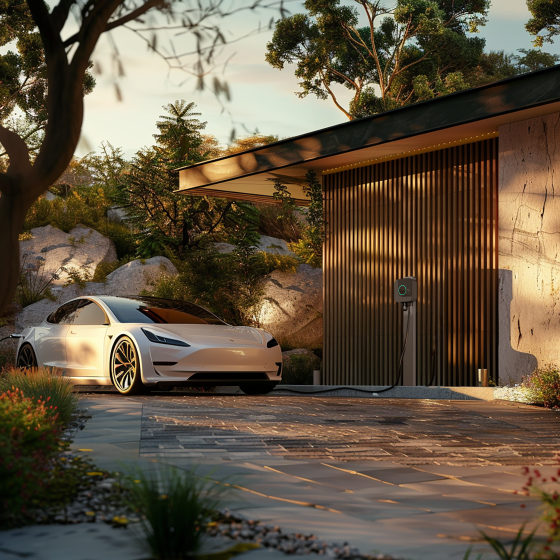Der Anstieg von Elektrofahrzeugen (EVS) ist eine signifikante Verschiebung in der Art und Weise, wie wir über den Transport und den Energieverbrauch nachdenken. Da immer mehr Fahrer auf elektrische Umstände wechseln, wird der Fokus auf die Verbesserung der EV -Ladeinfrastruktur und -technologie immer wichtiger.
Die EV -Lade -Technologie hat einen langen Weg aus ihren frühen Tagen zurückgelegt.
Die jüngsten Fortschritte überschreiten die Grenzen noch weiter.
Die Erweiterung und Verbesserung des Netzwerks von Ladestationen ist entscheidend, um die wachsende Anzahl von Elektrofahrzeugen auf der Straße zu unterstützen.
Die Reise in Richtung eines vollständig integrierten EV -Lade -Netzwerks umfasst auch die Behebung von Problemen wie Ladegeschwindigkeit, Verfügbarkeit und Komfort.
Da die Einführung von Elektrofahrzeugen weiter wächst, ist die Zukunft der EV -Ladevorgänge hell und voller Potenzial.




